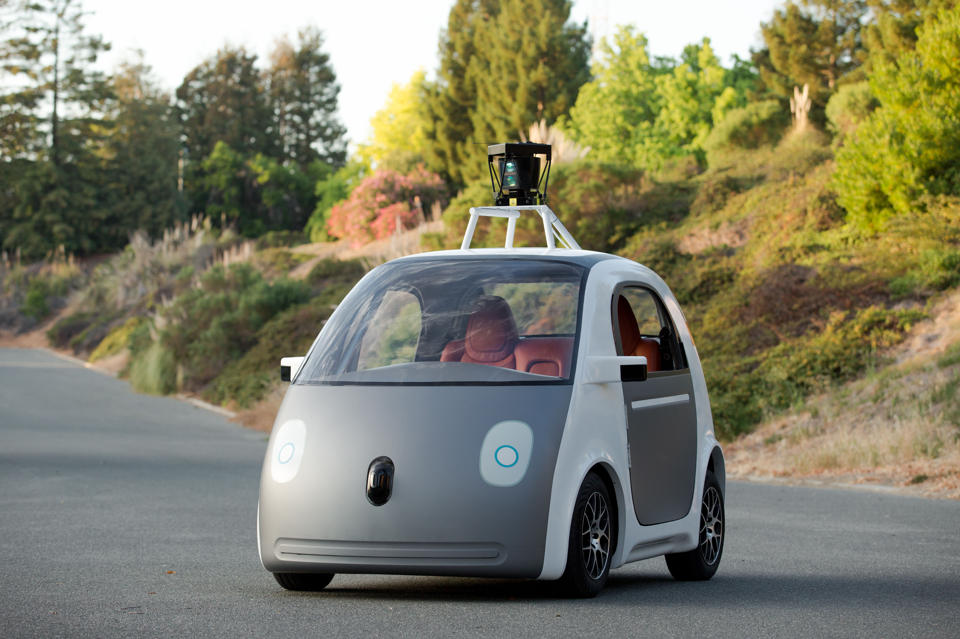Cars and Drivers
Google Self-Driving Car Has Problems With Snow and Parking
Published:
Google Inc.’s (NASDAQ: GOOG) self-driving car may drive itself, but the conditions in which it can operate effectively are very limited. These observations come from an article in the MIT Technology Review. In some ways, the self-driving car is not self-driving at all. The research shows how easy it is for hype to get ahead of reality when new, widely watched products are launched.
Included in the observations about the Google self-driving car, the vehicle may have trouble in rain or snow:
Among other unsolved problems, Google has yet to drive in snow, and [Chris Urmson, director of the Google car team] says safety concerns preclude testing during heavy rains.
Parking lots also pose a problem:
Nor has it tackled big, open parking lots or multilevel garages.
It also has trouble spotting some people:
Pedestrians are detected simply as moving, column-shaped blurs of pixels—meaning, Urmson agrees, that the car wouldn’t be able to spot a police officer at the side of the road frantically waving for traffic to stop.
READ ALSO: 9 Cars Most Likely to Be Dumped
Nor can the car detect most road damage:
The car’s sensors can’t tell if a road obstacle is a rock or a crumpled piece of paper, so the car will try to drive around either. Urmson also says the car can’t detect potholes or spot an uncovered manhole if it isn’t coned off.
In summary, the MIT publication concludes that the car is barely able to do many of the things the public believes it can:
Google often leaves the impression that, as a Google executive once wrote, the cars can “drive anywhere a car can legally drive.” However, that’s true only if intricate preparations have been made beforehand, with the car’s exact route, including driveways, extensively mapped. Data from multiple passes by a special sensor vehicle must later be pored over, meter by meter, by both computers and humans. It’s vastly more effort than what’s needed for Google Maps.
Google, according to public perception, has taken the lead in the entire car industry as it moves toward a world in which drivers can play games, sleep, read and work on computers while their vehicles navigate and drive themselves. As part of this world, car insurance can come close to disappearing. Car accidents will plunge toward zero. In reality, very little of this is true. Google, and the world’s major car manufacturers, have miles and probably years to go before the driverless car is a reality.
READ ALSO: America’s Best Companies to Work For
The average American spends $17,274 on debit cards a year, and it’s a HUGE mistake. First, debit cards don’t have the same fraud protections as credit cards. Once your money is gone, it’s gone. But more importantly you can actually get something back from this spending every time you swipe.
Issuers are handing out wild bonuses right now. With some you can earn up to 5% back on every purchase. That’s like getting a 5% discount on everything you buy!
Our top pick is kind of hard to imagine. Not only does it pay up to 5% back, it also includes a $200 cash back reward in the first six months, a 0% intro APR, and…. $0 annual fee. It’s quite literally free money for any one that uses a card regularly. Click here to learn more!
Flywheel Publishing has partnered with CardRatings to provide coverage of credit card products. Flywheel Publishing and CardRatings may receive a commission from card issuers.
Thank you for reading! Have some feedback for us?
Contact the 24/7 Wall St. editorial team.